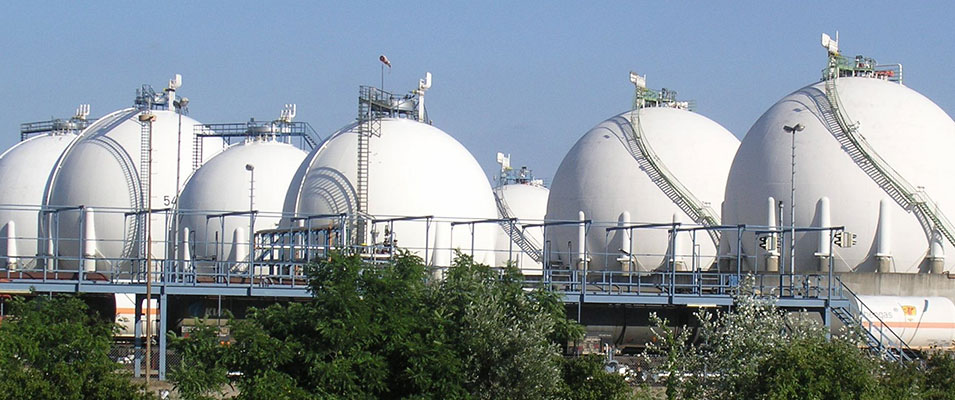
Summary
The gas transport in organic-rich shales involves different length-scales, from organic and inorganic pores to macro- and macrofractures. In order to upscale the fluid transport from nanoscale (flow through nanopores) to larger scales (to micro- and macrofractures), multicontinuum methodology is planned to be used. Governing equations describing the gas mass balance in multicontinuum models are the same as in a single-continuum model; however, they require special considerations for volume consistency and the mass-exchange terms. In this technique, unlike the conventional approaches, spatial coordinates of each continuum is not explicitly defined. Furthermore, the fluid transport and storage of each continuum are governed by different physics. Prior to applying the multicontinuum approach, well-founded techniques for simulating the fluid transport in nonoscale pores are required.
The nanoscale pores and capillaries bring new molecular level non-Darcian transport effects into the simulation. Therefore, conventional permeability concept, which is usually used to describe the transport of single-phase fluids in reservoir simulators, is no-longer valid.
Due to the recent achievements in microfabrication, considerable interests in the gas transport within miniaturized channels has emerged in other disciplines, such as Physics and material sciences. Several reduced-order Boltzmann equation methods, such as Grad's thirteen moment method are proposed to simulate the fluid transport with less computational times.
In the proposed work, the focus is on the upscaling of the transport phenomena using multicontinuum methodology by applying the recently-developed regularized Grad's thirteen moment simulation technique to the shale nanopores.
Please log in to view or purchase the video presentation